文本检测-1-MSER
MSER全称叫做最大稳定极值区域(MSER-Maximally Stable Extremal Regions),该算法是2002提出的,主要是基于分水岭的思想来做图像中斑点的检测。
# -*- encoding: utf-8 -*-
"""
@date: 2021/3/30 3:57 下午
@author: xuehuiping
"""
# https://my.oschina.net/u/876354/blog/3054322
# MSER
import cv2
# 读取图片
imagePath = '/Users/xuehuiping/git/fapiao_tax_code/demo_images/test2.png'
imgname = imagePath.split('/')[-1].split('.')[0]
imgname = 'result/' + imgname
print(imgname)
img = cv2.imread(imagePath)
# 灰度化
gray = cv2.cvtColor(img, cv2.COLOR_BGR2GRAY)
vis = img.copy()
orig = img.copy()
# 调用 MSER 算法
mser = cv2.MSER_create()
regions, _ = mser.detectRegions(gray) # 获取文本区域
hulls = [cv2.convexHull(p.reshape(-1, 1, 2)) for p in regions] # 绘制文本区域
cv2.polylines(img, hulls, 1, (0, 255, 0))
cv2.imwrite(imgname + '_mser.jpg', img)
print(len(hulls))
# 将不规则检测框处理成矩形框
temp = []
with open(imgname + '_vis.txt', 'w') as f:
for c in hulls:
x, y, w, h = cv2.boundingRect(c)
line = '{} {} {} {}'.format(x, y, w, h)
if line in temp:
continue
if w > 100 or h > 100:
continue
temp.append(line)
f.write('{} {} {} {}\n'.format(x, y, x + w, y + h)) # 左上角、右下角
cv2.rectangle(vis, (x, y), (x + w, y + h), (255, 255, 0), 1)
cv2.imwrite(imgname + '_vis.jpg', vis)
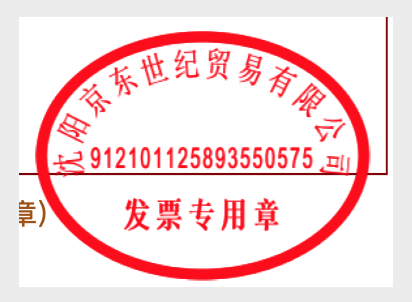
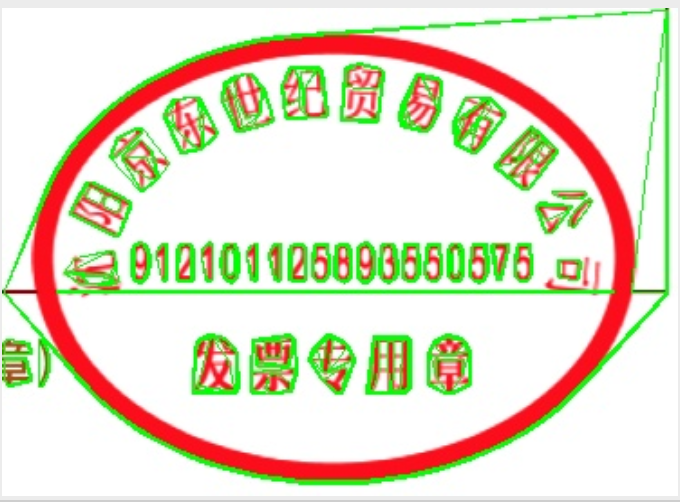
矩形效果
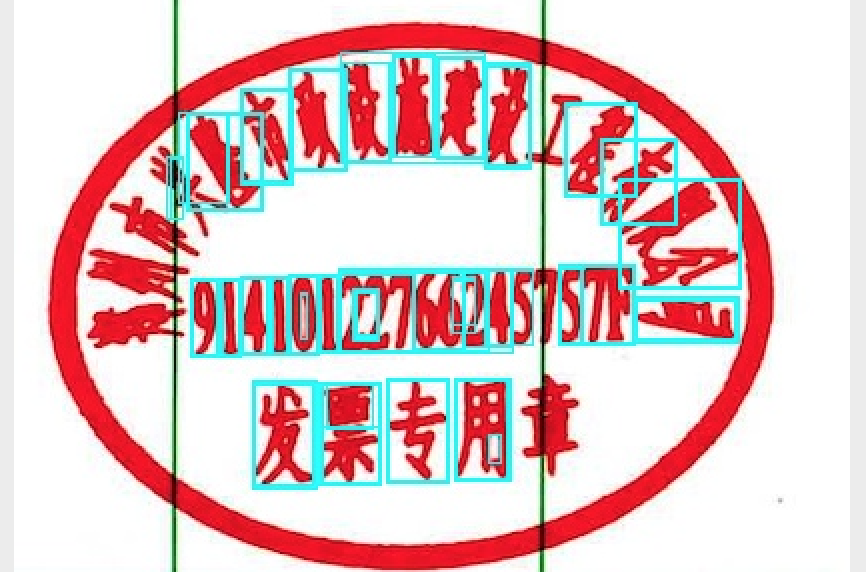
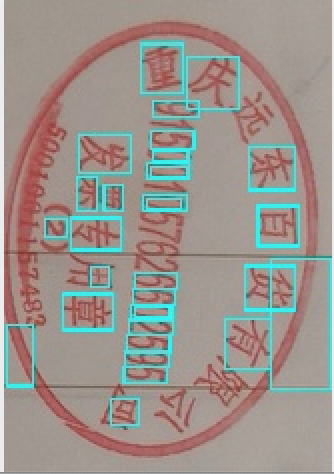
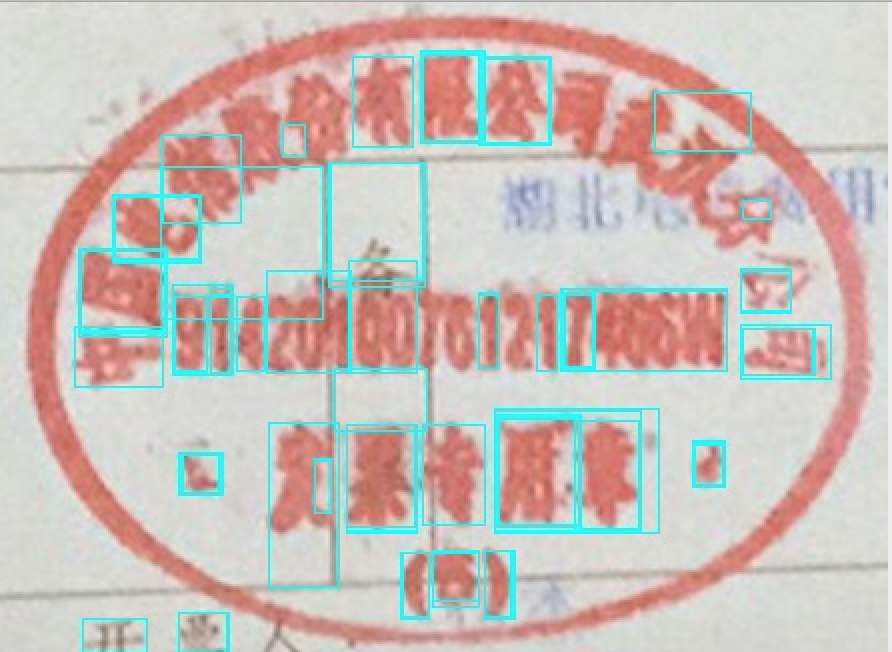




 浙公网安备 33010602011771号
浙公网安备 33010602011771号